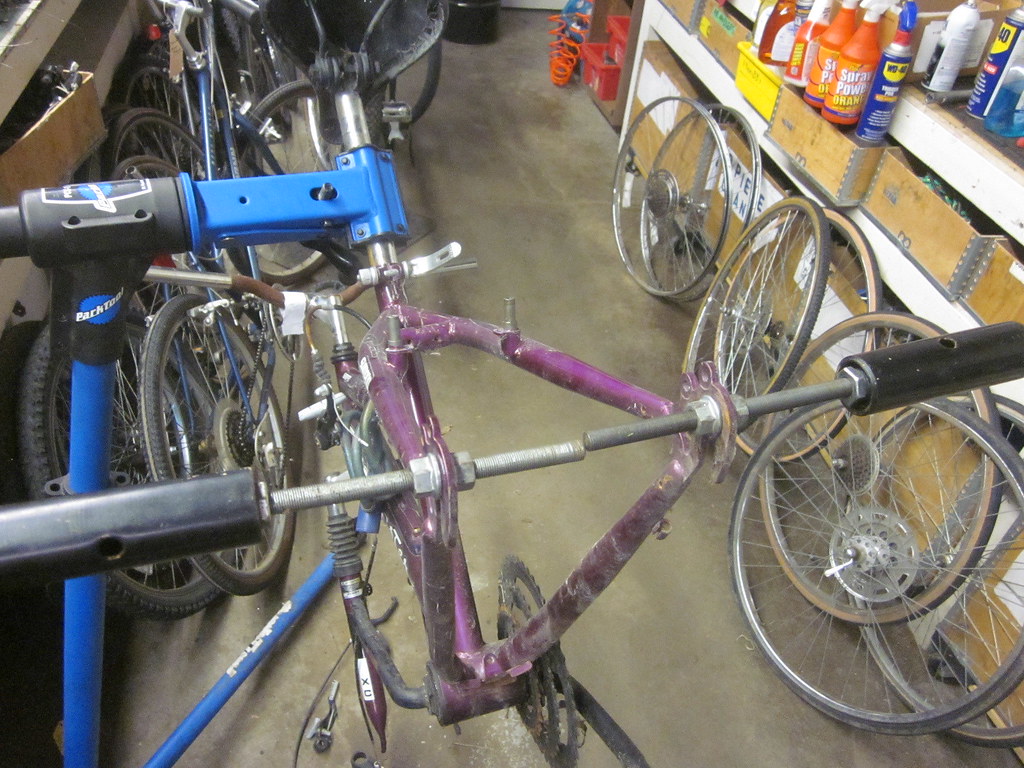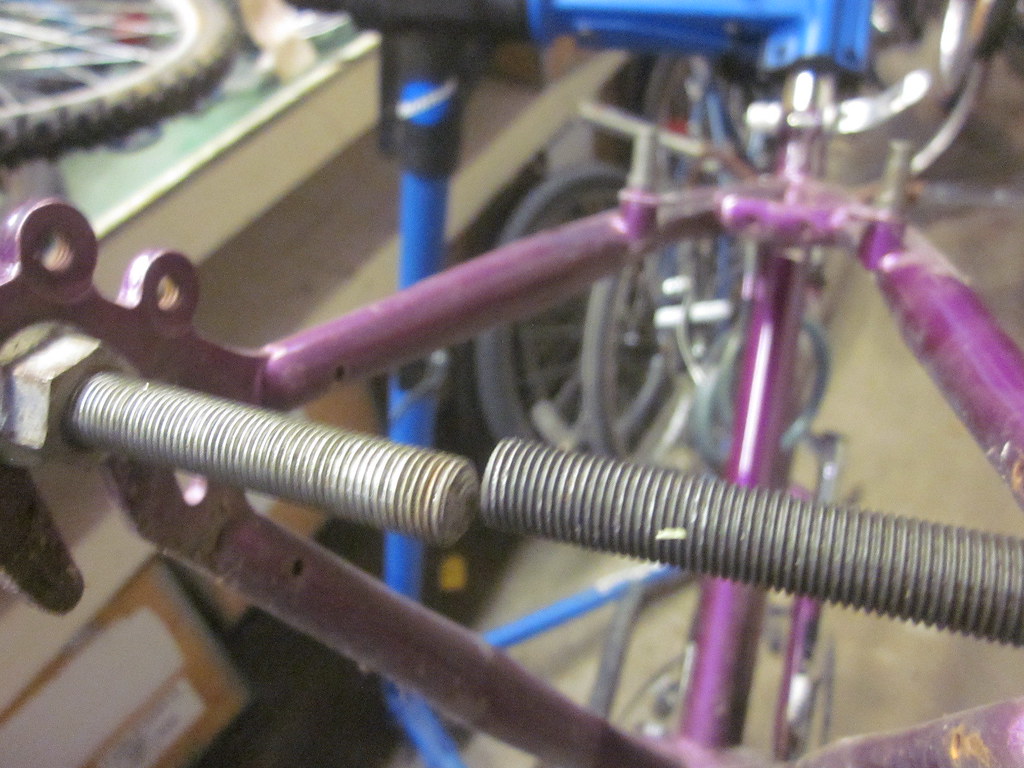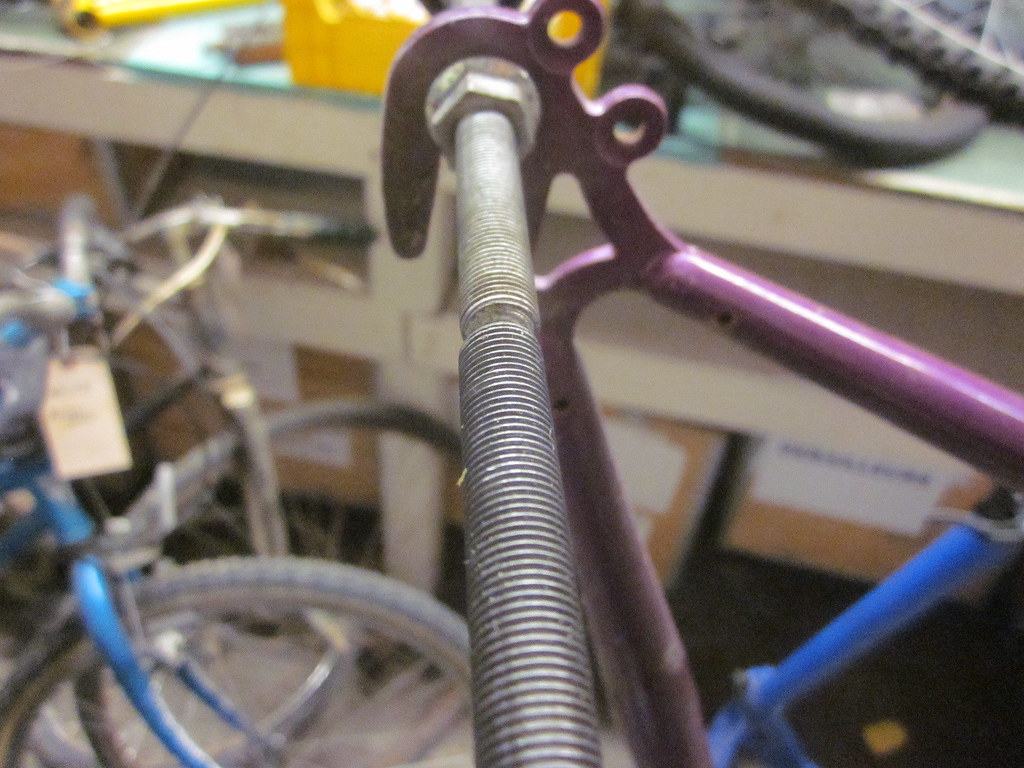You can used the "string method" to see if you got both stays moved equal distances.
Run a string from one rear dropout, around the head tube, and back to the other dropout. Pull the string tight. measure the distance between the string and the seat tube, compare both sides to see if they are close.
Many frames have indentations in the stays for chain ring or tire clearance so the stays aren't equally strong. As a result, your method can move one side more than the other.
If the string method is off, your bike will ride down the road crooked. The rider won't notice (much). it will slow you down a bit as the rear tire is crooked in relation to going straight ahead. You can put the wheel in the rear in at an angle to try to make up for it but then it rolls offset from the front wheel. I had a customer one time that built his own alignment jig to hold both wheels to make sure they were exactly centered on the same line and not tilted either way. He claimed it made a big difference but he was an engineer, not a bike guy. I had another customer who added lead weights to his wheels to keep them balanced. Bikes aren't cars and only of the concepts are the same.













